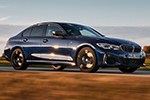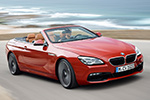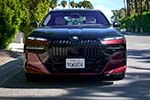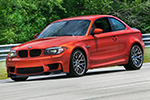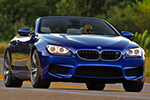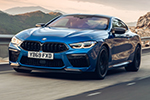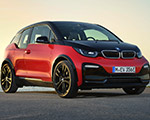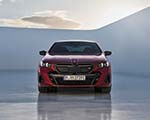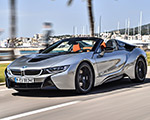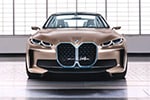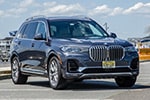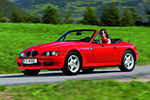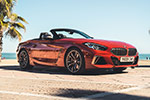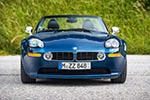Earlier this week, BMW officially announced that a second-generation X7 is in the pipeline. Shortly after, our car paparazzi spotted the three-row luxury SUV undergoing testing. The prototype caught on camera was a V8-powered M Performance model with quad exhausts, but another “M Lite” flavor is in the works. We’ve learned that the purely electric iX7 will also get a not-quite-M version with over 800 horsepower.
Codenamed G67, the next-generation luxobarge will continue riding on the CLAR platform, which BMW also uses for the electric variant. Despite sharing familiar underpinnings, the first-ever iX7 will feature the Gen6 batteries and electric motors set to debut later this year in the new iX3. The larger SUV will be a significantly more sophisticated product positioned two segments above.
In addition to extra luxury, BMW’s M division is preparing an iX7 M70 boasting more than 800 horsepower. Naturally, it will come with xDrive, meaning a dual-motor setup as standard. This all-electric M Performance model will sit at the top of BMW’s lineup, above the V8-powered X7 M60 seen in the spy shots. However, it won’t be the absolute flagship. Let us explain.
ALPINA, which BMW acquired a few years ago, is developing its own take on the iX7. We’ve previously reported that it could produce nearly 900 horsepower. Expect more significant changes than just different badges and subtle design tweaks. ALPINA’s version is believed to carry its own internal codename: “G69.” The range-topping model from Buchloe might be called the iX7 100 xDrive.
For those still loyal to V8s, ALPINA has you covered. The X7 60 xDrive will likely use the twin-turbo 4.4-liter S68 engine, and an entry-level X7 40 xDrive with an inline-six may also be offered. Whether these V8 models will be sold in Europe remains uncertain. Stricter emissions regulations could push BMW Group to provide future V8-powered cars only outside the EU. It’s already happening with the 760i, although the armored 7 Series Protection still retains the big engine in Europe.
For those ready to switch to electric, the iX7 will feature cylindrical battery cells. BMW claims a 20% boost in energy density compared to current prismatic cells and a 30% increase in both charging speed and driving range. The newly developed motors are smaller, lighter, and more rigid. Engineers have reworked oil and water-cooling systems and implemented 800V architecture for faster charging. Energy losses will be reduced by 40%, and production costs by 20%.
The iX7 won’t be the first CLAR-based EV to adopt Neue Klasse tech, as that distinction goes to the iX5, which will launch next year. Its larger sibling, the iX7, is scheduled to arrive in the second half of 2027.

























